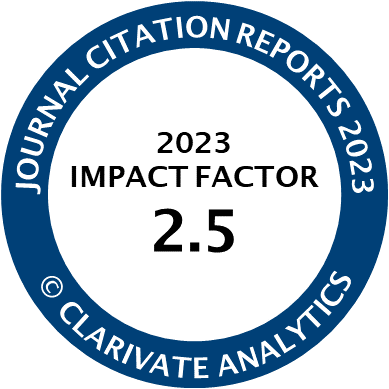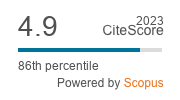Article | Open Access
Hybrid Governance Structures and Monetary Policy: The Legal and Institutional Position of National Central Banks in the Eurosystem
| Views: | 653 | | | Downloads: | 537 |
Abstract: National central banks (NCBs) are an integral part of the European System of Central Banks (ESCB)—a highly integrated system which comprises the ECB and NCBs, and is in charge of monetary policy in the Union. Various (primary) EU law provisions partly Europeanize NCBs, while also preserving their national embeddedness. This article explores the evolving legal and institutional position of the NCBs in the ESCB and the Eurosystem. The NCBs’ hybrid status has proven fertile ground for tensions and has given rise to both centrifugal and centripetal forces in the Eurosystem. The discussion begins with the legal and institutional position of NCBs as established in Maastricht. The focus then shifts to centrifugal forces in the Eurosystem. NCBs can be confronted with conflicting loyalties and duties, which can compromise the singleness and effectiveness of monetary policy. We then turn to consider the emergence of centripetal forces in light of the recent case law of the EU Courts, which, together with the ECB’s actions, has brought about a Europeanization of various aspects of the NCBs’ organization and powers. The penultimate section considers the implications of the NCBs’ institutional repositioning for their independence and accountability. Centripetal pressures can contribute to reinforcing the NCBs’ independence vis-à-vis domestic political authorities and to reducing opportunities for accountability at the national level, which are only partly made up for at the EU level. The concluding section considers whether the developments adumbrated above consecrate a highly Europeanized, agent-like vision of NCBs.
Keywords: accountability; central bank governors; European System of Central Banks; Eurosystem; hybridity; independence; monetary policy; national central banks
Published:
© Paul Dermine, Menelaos Markakis. This is an open access article distributed under the terms of the Creative Commons Attribution 4.0 license (http://creativecommons.org/licenses/by/4.0), which permits any use, distribution, and reproduction of the work without further permission provided the original author(s) and source are credited.




